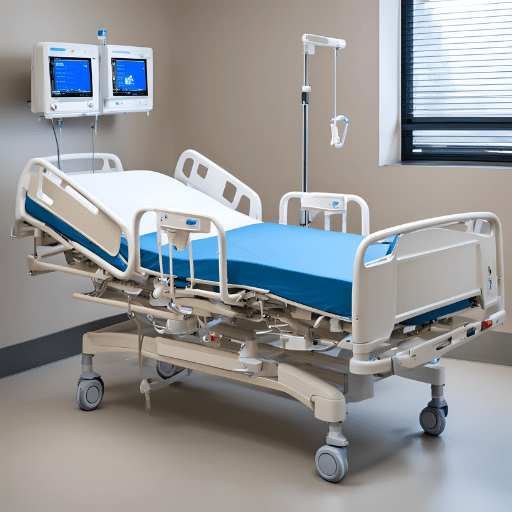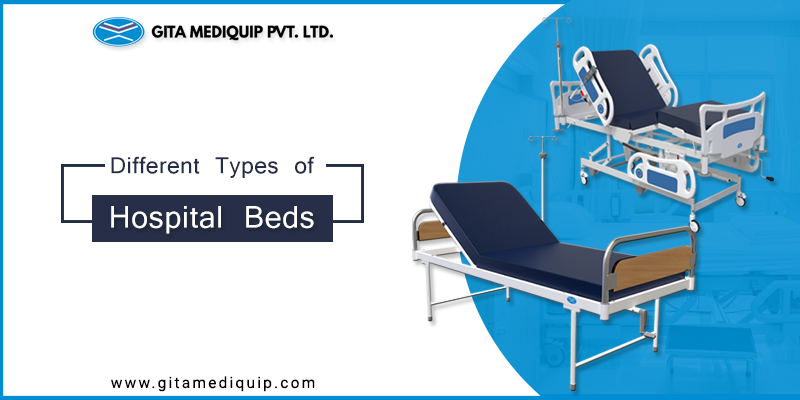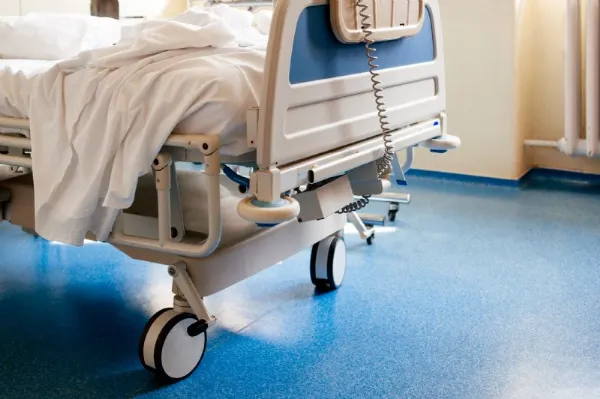8 Simple Techniques For Hospital Beds For Home Use
8 Simple Techniques For Hospital Beds For Home Use
Blog Article
Indicators on Hospital Beds For Home Use You Should Know
Table of ContentsSome Known Incorrect Statements About Hospital Beds For Home Use Not known Factual Statements About Hospital Beds For Home Use Hospital Beds For Home Use Can Be Fun For EveryoneThe 7-Minute Rule for Hospital Beds For Home UseNot known Details About Hospital Beds For Home Use The Main Principles Of Hospital Beds For Home Use An Unbiased View of Hospital Beds For Home Use
There are 3 primary kinds of health center beds: manual, semi-electric, and fully-electric. More kinds of clinical beds exist and they are listed below. These beds utilize hand cranks to adjust the bed's elevation and elevate and lower the head and the foot. Hand cranks are normally discovered at the foot of the bed and require a person that is physically capable of operating.
Semi-electric beds have an electrical motor to increase and reduce the head and foot parts of the bed. Patients and caregivers adjust the positioning by pushing switches utilizing a hand pendant. The height of the bed is readjusted by hand with a hand crank. Full-electric beds have an electrical motor that can increase the head and foot areas of the bed as well as the entire elevation and positioning of the bed.
The Hospital Beds For Home Use PDFs
There are several kinds of hospital beds, each created to meet particular patient demands. Here are some common types: This is the most usual type of healthcare facility bed, made for general clinical usage.
Lower to the ground than a conventional bed. This kind of bed is developed for bigger people, with a bigger framework and greater weight ability than a basic bed. This sort of bed is made specifically for kids, with smaller sized sizes than a typical bed. Special functions such as full length side rails and animation design.
This sort of bed is developed for seriously unwell people that need open tracking and specialized medical devices such as ventilators and infusion pumps. This kind of bed is created for use throughout labor and shipment, with adjustable placements and attributes to sustain the mommy and baby throughout the birth process.
Getting The Hospital Beds For Home Use To Work
Multiple feature and the devices carry out expanding grip to different parts of the vertebra and the extremities without relocating the human body. These are just a couple of instances of the kinds of hospital beds offered. The particular sort of bed used will certainly rely on the person's problem, medical requirements, and other aspects.
Right here is the important things you need to recognize. A one-function medical facility bed is a medical bed that allows a patient to relocate only the head or foot area up or down. A 2 function medical facility bed typically refers to a sort of medical bed that has two flexible functions to assist patients in medical facilities or care facilities.

Hospital Beds For Home Use Can Be Fun For Everyone
A 7-function ICU bed is a kind of clinical bed that gives numerous adjustable functions to support critically sick individuals in a critical care unit (ICU) (hospital beds for home use). The 7 features usually consist of: Backrest change: The back-rest can be gotten used to numerous angles to aid the client rest up or lie down easily
Height adjustment: The bed can be raised or reduced to make it less complicated for people to enter and out of bed, and for caretakers to provide treatment. Trendelenburg placement: The whole bed can be tilted to promote blood circulation and flow in the body. Reverse Trendelenburg position: The bed can also be tilted in the contrary instructions to promote blood flow and circulation in the top body.
1. What Dimension is a Hospital Bed? 2. Just how much Does a Health Center Bed Price? 3. Why Do Health Center Beds Have Side Bed Rails? 4. What Are The Main Hospital Bed Components?. While more cost effective than electrical models, these beds call for physical initiative for adjustments. The major benefits of manual beds are their price and dependability, as they don't count on electrical energy. However, the demand for hands-on initiative can be a restriction in situations where fast adjustments are essential or where caregivers encounter check that physical difficulties.
Some Known Facts About Hospital Beds For Home Use.
They are appropriate for people who require very little rearranging for convenience or clinical needs. Semi-electric medical facility beds supply an equilibrium of manual and electric controls. The head and foot sections are commonly adjusted with electric controls, while the height is readjusted by hand. These beds offer an ideal center ground in between guidebook and totally electric options, offering ease of use without the full cost of electric models.
Semi-electric beds are well-suited for clients who need modest modifications to the head and foot sections but can manage without frequent height adjustments. This makes them a cost-efficient remedy for those looking for comfort and convenience without the requirement for constant repositioning. Totally electrical healthcare facility beds feature electric controls for smooth adjustments to the elevation, head, and foot areas.
Specialty hospital beds, such as ICU beds, lasting care beds, and bariatric beds, are carefully made to attend to particular clinical requirements. These beds offer customized look after varied client groups, enhancing both outcomes and convenience. In the following areas, we will discover the main kinds of specialty health center beds, describing their specific advantages and applications.
With years of experience in manufacturing electric straight actuators - hospital beds for home use and close partnership with the healthcare market, TiMOTION is well-positioned to provide reliable health care solutions. Our vertically incorporated company takes care of every step of the manufacturing procedure, from design Home Page to actuator setting up, guaranteeing we deliver phenomenal value and personalized options tailored to your certain demands
The Hospital Beds For Home Use Ideas

To find out more about integrating these modern technologies into your items, contact us today. Additional analysis:.
Data is sourced from the Medicare Expense Record. Accessed January 2025. Short-term severe treatment medical you can try here facilities have the highest possible average variety of beds at 187. They are one of the most common kind of hospital in the U.S. and comprise greater than 50% of U.S. healthcare facilities. Kid's medical facilities have 178 beds typically and VA medical facilities typical 175 beds.

The Ultimate Guide To Hospital Beds For Home Use
A hospital bed is a bed designed especially for clinical functions. It is not only a place for patients to relax, however likewise a platform for clinical operations. Unlike common home beds, medical facility beds typically have adjustable attributes, which can assist in medical team to make numerous modifications according to the needs of people, such as transforming the height, disposition, and support angle of the back and legs of the bed.
Report this page